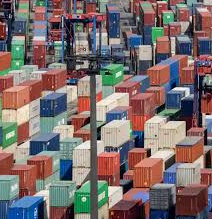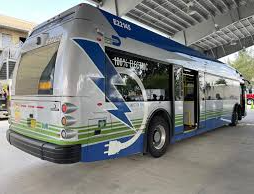Challenges and Solutions for Reducing Carbon Footprints in the Digital Age
Singapore is home to over 70 data centres, collectively consuming 7% of the nation’s electricity. While these centres have made strides towards sustainability, experts argue that for a significant reduction in their carbon footprint, deeper challenges need to be addressed.
A key issue lies beyond their control—Singapore’s heavy reliance on fossil fuels, particularly natural gas, which accounts for 95% of the country’s energy. While natural gas is considered a cleaner fossil fuel, it remains a significant barrier to achieving sustainability goals. According to experts, the country’s limited land space and high population density make large-scale renewable energy generation challenging.
Solar power is the most viable renewable option, but with limited capacity and rapid demand, it will only meet 3% of Singapore’s electricity needs by 2030. The government is looking to green alternatives, such as importing up to 4 gigawatts of low-carbon electricity from neighbouring countries by 2035. Additionally, conditional approval has been granted for a project to import electricity—including solar, hydropower, and wind—starting with a 1-gigawatt supply from Cambodia.
Data centre sustainability is further hindered by water usage, as these facilities require vast amounts of water for cooling purposes. To address this, the government has introduced guidelines to ensure new data centres operate efficiently and align with national climate-change commitments. They are expected to meet power usage effectiveness (PUE) standards, with recent improvements showing a decrease in average PUE from 2.01 in 2017 to 1.35 in 2023.
Some data centres, like those run by Mediacorp’s 1-Net, are implementing energy-efficient technologies and recycling wastewater through NEWater, but they have yet to set net-zero targets. Other operators, such as Empyrion DC, have more ambitious sustainability goals, including recycling 90% of operational waste by 2025 and sourcing 100% carbon-neutral energy by 2030.
Experts also suggest that implementing circular economy principles could further reduce the environmental impact. By reusing waste heat and collaborating with the government and stakeholders, data centres can improve sustainability. Additionally, adopting water conservation measures can help address Singapore’s water scarcity issues, which are exacerbated by high water usage in data centres.
As the industry continues to evolve, it’s clear that achieving significant sustainability goals will require a concerted effort across multiple sectors. However, with the right technologies and strategies in place, Singapore can lead the way in balancing digital growth with green initiatives.








